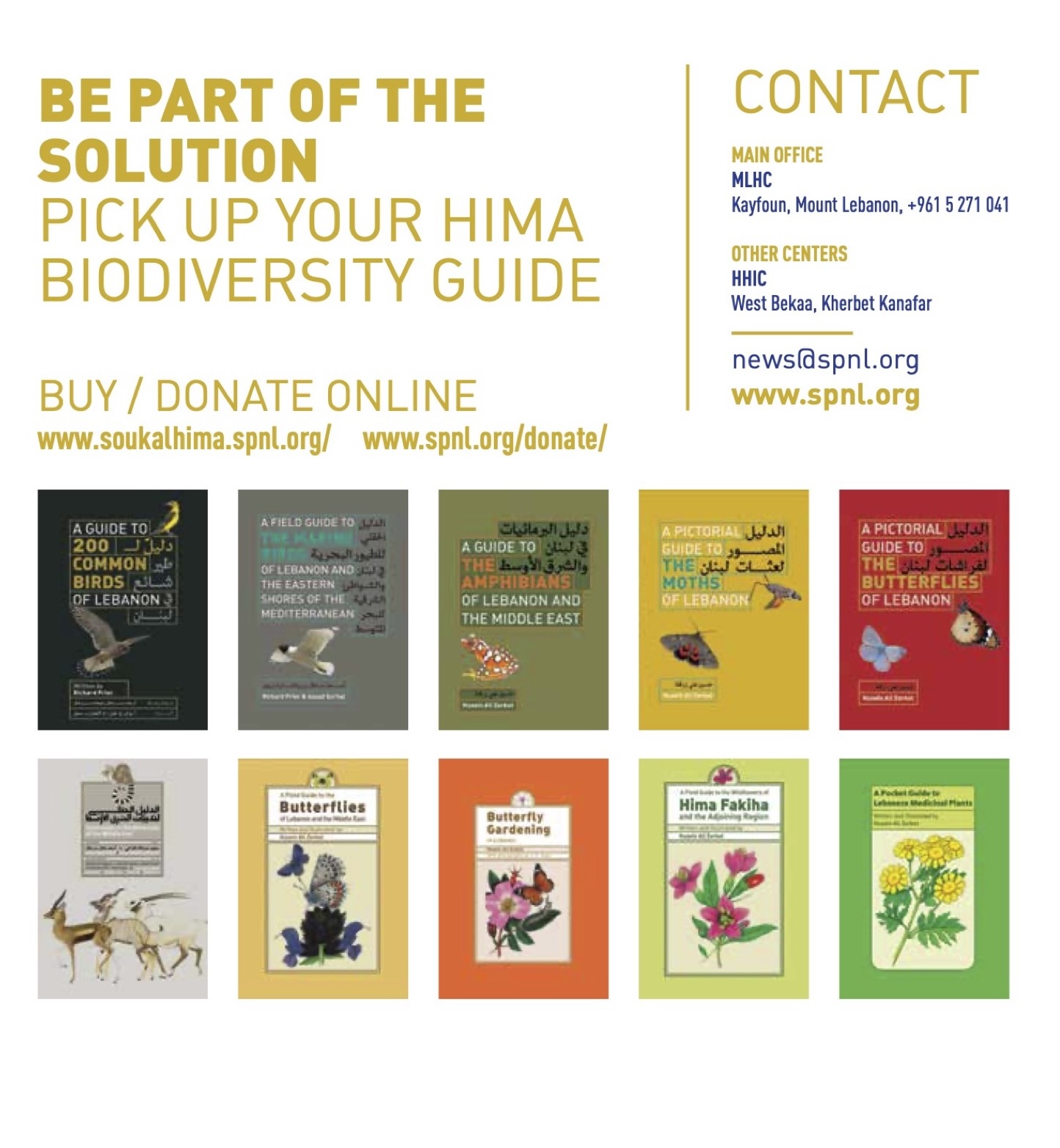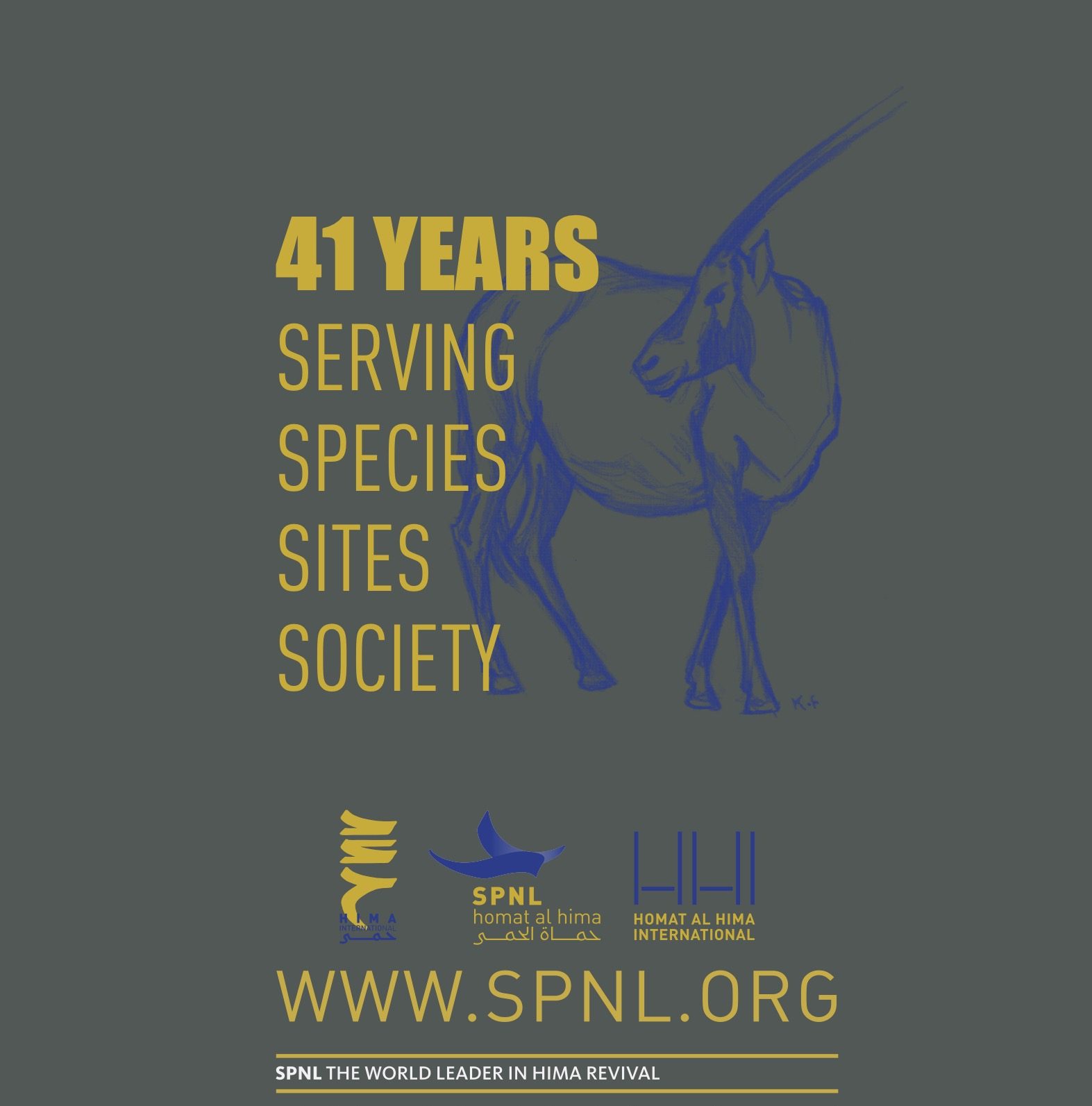Lebanon has taken a significant step forward in documenting and protecting its natural heritage with the launch of the first national map of flora biodiversity and protected areas. The map integrates Key Biodiversity Areas (KBAs), Hima sites, nature reserves, and plant species distribution patterns, offering an unprecedented tool for scientists, conservationists, and policymakers.
Prepared by Bilal Alaouiyeh, Remote Sensing Specialist, the map brings together spatial datasets covering 19 KBAs, 3,561 km², 671 villages, and more than 1.2 million inhabitants. It is a visual gateway to Lebanon’s ecological richness, linking species diversity with rivers, springs, and conservation areas.
A Living Atlas of Biodiversity
The map highlights how plant diversity overlaps with Hima and protected area networks, reinforcing the value of community-led and state-managed conservation efforts. From cedar and juniper strongholds in Ehden, Bcharre, and Anti-Lebanon, to oak, pistachio, and maple mosaics in the Chouf and Sannine, and riparian species such as plane trees and Syrian ash along the Litani and Damour, the map captures Lebanon’s ecological identity in vivid detail.
By visualizing the distribution of species such as Cedrus libani, Juniperus excelsa, Acer syriacum, and Fraxinus syriaca, the map makes clear where conservation action is most urgent—and where natural and human systems must coexist.
Strategic Conservation Tool
This national biodiversity map is more than a scientific product; it is a strategic conservation tool. It will help:
-
Guide land-use planning and ecosystem restoration projects.
-
Strengthen the integration of Hima and nature reserves into the national protected areas system.
-
Provide a baseline for Lebanon’s contribution to the 30×30 Global Biodiversity Framework.
-
Empower communities and municipalities with data to better protect their landscapes.
Butterfly Migration Mapping
Building on this achievement, work has already begun on a national butterfly map, expected by the end of this month. This upcoming layer will chart migration points, seasonal schedules, and site-specific habitats, using precise spatial analysis. Butterflies, as indicators of ecosystem health, will add another dimension to Lebanon’s conservation planning.
The Flora and Biodiversity Map marks a milestone in Lebanon’s journey toward protecting its green heart. By linking species, habitats, and communities, it provides the blueprint for safeguarding nature for generations to come.






